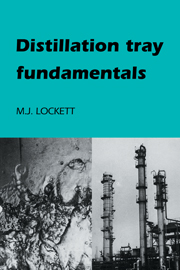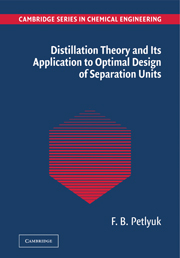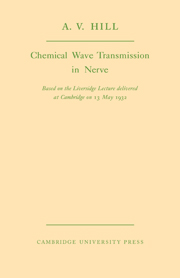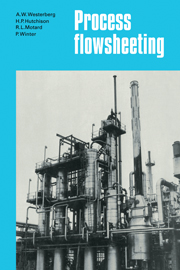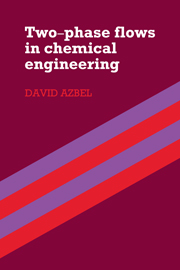Distillation Tray Fundamentals
First published in 1986, this book contains an in-depth treatment on distillation tray hydrodynamics and efficiency, with an emphasis on sieve and valve trays. As distillation lies at the heart of the petroleum and chemical industries, so at the heart of most distillation columns are the trays used to effect the separation. Topics covered by the author include froth, foam and spray, dispersion height, pressure drop, flooding and weeping. Procedures for predicting tray efficiency are outlined including the effects of entrainment, weeping and flow maldistribution. Methods for multicomponent efficiency are also covered with examples. Although distillation tray hydrodynamics is probably one of the most well-researched areas of chemical engineering, few books cover the subject other than on an elementary level. The present volume will be used by graduate students and research workers in chemical engineering, and by chemical and process engineers in industry concerned with distillation and absorption.
Product details
July 2009Paperback
9780521105873
252 pages
229 × 150 × 18 mm
0.34kg
Available
Table of Contents
- Preface
- Acknowledgements
- Nomenclature
- 1. Some general considerations
- 2. Bubbles, froth, spray and foam
- 3. Clear liquid height, dispersion height and density
- 4. Pressure drop
- 5. Maximum capacity
- 6. Weeping
- 7. Tray efficiency
- 8. Point efficiency
- 9. relationship between point efficiency and tray efficiency
- 10. Prediction on efficiency for multicomponent mixtures
- Appendix A. Horizontal momentum balance over the exit calming zone
- Appendix B. Apparent Murphree vapour-phase tray efficiency in the presence of entrainment and weeping
- References
- Index.

